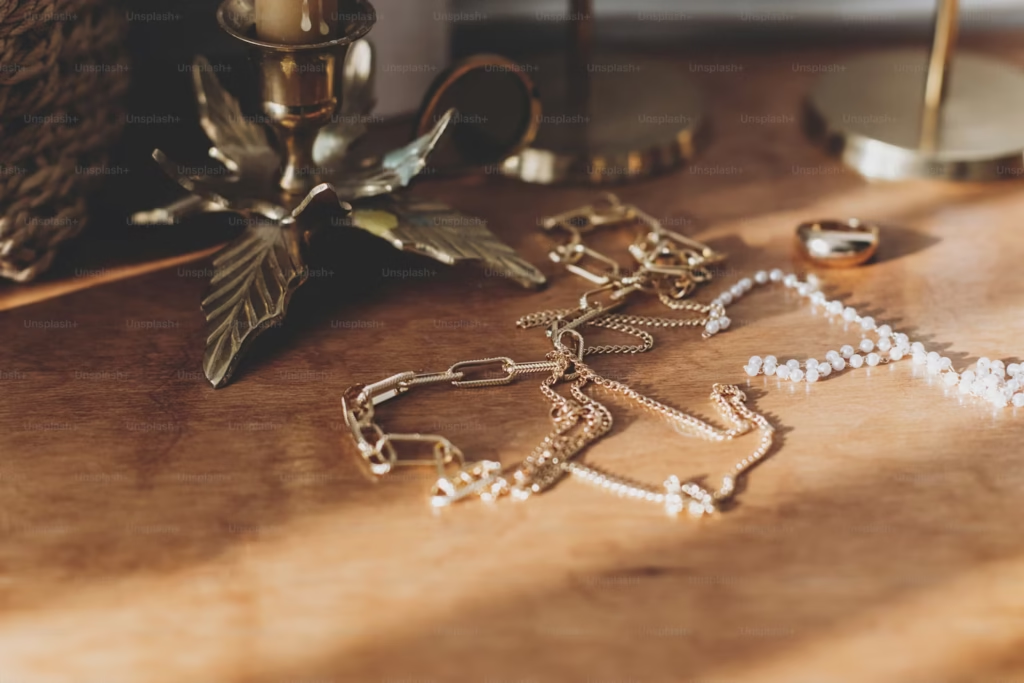Old clothes. Old clothes are often a nuisance when they aren’t in use. They often pile up in closets or find their way to landfills, but they’re far too valuable to simply discard and you don’t even know. With a little creativity, you can breathe new life into your garments, turning them into useful, beautiful, and eco-friendly items. Whether you want to refresh your wardrobe, create unique home décor, or find practical uses for scraps, recycling old clothes through DIY projects is an exciting and sustainable way to reduce waste. But before learning how to recycle cloth, we need to understand why do we even need to recycle clothes.
Why Recycle Old Clothes?

Recycling your clothes is not just a trend—it’s an essential step toward sustainability. The fashion industry is a major contributor to environmental degradation, and discarding textiles contributes to landfill overflow and greenhouse gas emissions. Repurposing garments helps reduce waste, saves money, and promotes a more mindful approach to consumption. Additionally, it provides a creative outlet and the satisfaction of making something unique with your own hands.
Creative DIY Projects to Transform Old Clothes
Here are some exciting ideas to help you turn your old clothes into something new:
1. Stylish Accessories

Transform old garments into wearable accessories that add flair to your outfits.
- Headbands and Scrunchies: Use fabric from old T-shirts, dresses, or scarves to make trendy hair accessories.
- Jewelry: Create necklaces, bracelets, or earrings by braiding fabric strips or weaving them into unique designs.
- Bags and Totes: Convert T-shirts or denim jeans into reusable tote bags or clutches. For T-shirts, cut off the sleeves and sew the bottom shut; for denim, use the sturdy material to craft durable and stylish bags.
2. Home Décor Items

Your old clothes can find a new purpose as part of your home décor.
- Cushion Covers: Sew old shirts, sweaters, or curtains into colorful cushion covers for a personal touch to your living room.
- Rugs and Mats: Braid strips of fabric together and stitch them into circular or rectangular shapes to create rustic rugs.
- Quilts and Throws: Combine squares from various clothes to design a patchwork quilt that’s both practical and sentimental.
3. New Clothes from Old Ones

Revamp outdated or ill-fitting clothes into fresh pieces for your wardrobe.
- T-shirt to Tank Top: Cut and reshape oversized T-shirts into sporty tank tops or crop tops.
- Dress to Skirt: Turn a dress you’ve outgrown into a stylish skirt by removing the top portion and adding an elastic waistband.
- Sweater to Cardigan: Modify an old sweater by cutting it down the middle and adding buttons or a ribbon closure for a cozy cardigan.
4. Kids’ Clothing and Toys

If you have kids, your old clothes can be repurposed into adorable and useful items.
- Baby Clothes: Use soft fabric from old T-shirts or dresses to make tiny onesies, bibs, or booties.
- Stuffed Toys: Cut out shapes from fabric, sew them together, and stuff them with leftover scraps to create plush toys.
- Dress-up Costumes: Turn old clothes into imaginative costumes for playtime fun.
5. Practical Household Items

Make your home more organized and functional with recycled fabric projects.
- Fabric Storage Bins: Reinforce fabric from jeans or canvas shirts to create sturdy storage containers.
- Cleaning Cloths: Cut up old T-shirts or towels into rags for cleaning around the house.
- Produce Bags: Replace single-use plastic bags with breathable fabric bags for fruits and vegetables.
6. Artistic Creations

Unleash your inner artist by using fabric as a medium.
- Wall Hangings: Turn pieces of clothing with sentimental value into decorative wall art.
- Fabric Collages: Combine patterns and textures from different garments into artistic fabric collages or framed designs.
- Embroidery Projects: Use fabric from old clothes as a base for embroidery, turning simple scraps into personalized masterpieces.
How to Recycle Clothes Beyond DIY
If DIY projects aren’t your thing or you have clothes you can’t repurpose, there are still ways to recycle textiles responsibly:

- Donation: Give gently used clothes to local charities or thrift stores. These can find new homes and help those in need.
- Textile Recycling Centers: Many communities have drop-off points for textiles, where old clothes are processed into new materials.
- Brand Recycling Programs: Several fashion brands, such as H&M and Levi’s, offer recycling programs where you can return old clothes for discounts or store credit.
- Composting: Natural fibers like cotton, linen, and wool can be composted if they’re free of synthetic dyes and chemicals.
Tips for Successful Upcycling and Recycling

- Start Small: If you’re new to upcycling, begin with simple projects like making cleaning rags or scrunchies.
- Invest in Basic Tools: A sewing kit, fabric scissors, and glue can make your projects easier and more polished.
- Experiment with Patterns: Don’t be afraid to mix colors, textures, and patterns for unique results.
- Repurpose Sentimental Pieces: Use fabric from meaningful clothes to create keepsakes like quilts or wall art.
The Bigger Picture
Recycling old clothes is more than just a fun activity; it’s a way to embrace sustainability and reduce your environmental footprint. Every garment you repurpose is one less item in a landfill. By turning your discarded clothes into functional, creative pieces, you’re not only saving resources but also contributing to a global movement toward more mindful living.
So, the next time you think about tossing out an old shirt or pair of jeans, think again. What can you make from it? Whether it’s a cozy cushion cover, a funky tote bag, or a sentimental quilt, the possibilities are endless. With a bit of effort and imagination, you can give your clothes a new purpose and keep them out of the trash.

